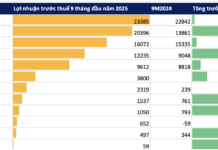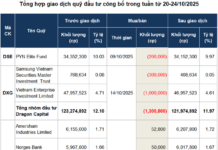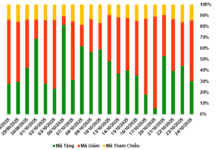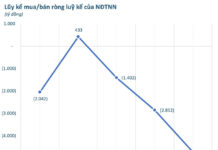According to the Ministry of Construction, during the period from 2021 to 2023, 499 social housing projects with a scale of 411,250 units have been implemented nationwide. Among them, 71 projects have been completed with a scale of 37,868 units; 127 projects have started construction with a scale of 107,896 units; 310 projects have been approved for investment with a scale of 265,486 units.
However, although some key localities have a high demand for social housing, the investment in social housing is still limited compared to the target set in the project by 2025. Specifically, Hanoi has 3 projects with 1,700 units, meeting 9% of the demand; Ho Chi Minh City has 7 projects with 4,996 units, meeting 19% of the demand; Danang has 5 projects with 2,750 units, meeting 43% of the demand…
Facing the task assigned by the Prime Minister that the whole country must strive to complete about 130,000 units of social housing in 2023, many real estate experts believe that this target is very difficult but not impossible to achieve.
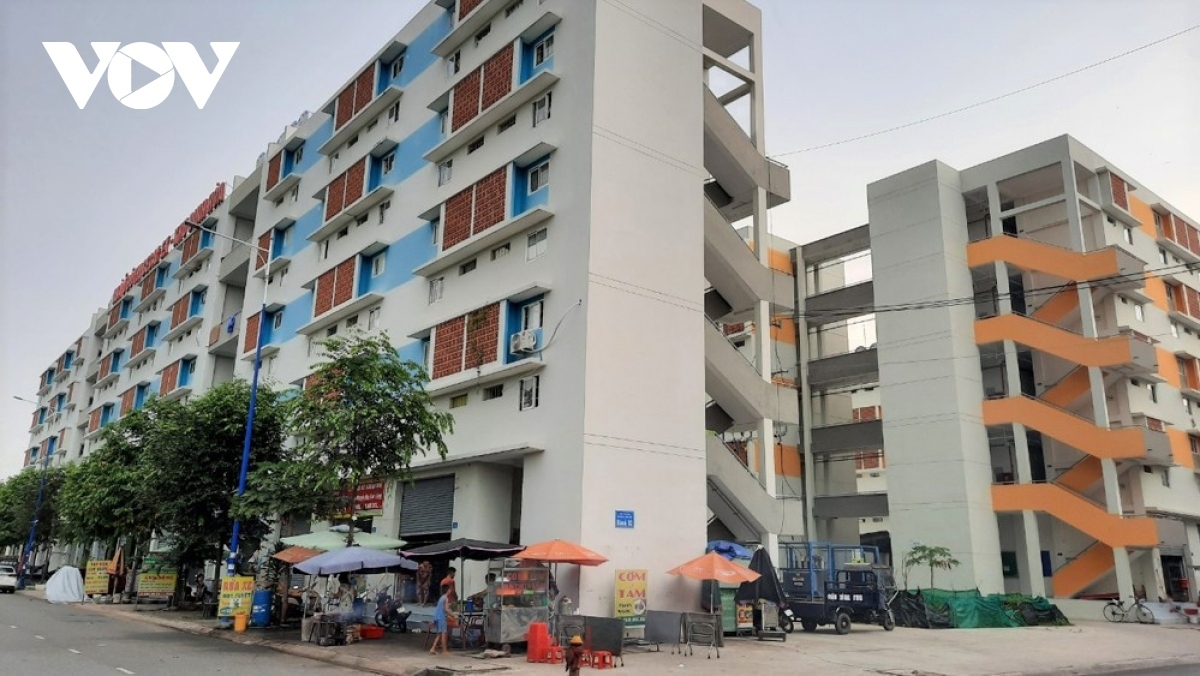
Building 130,000 social housing units in 2024 is very difficult, but it can still be achieved with the high determination of the State and the ministries and sectors involved (Illustrative image)
According to TS. Nguyen Van Dinh – Vice Chairman of the Vietnam Real Estate Association, every year, in terms of the number of registered and feasible projects, the target is achieved. However, these projects have not been fully completed to the stage where construction can be started, licensed, and commenced. There are still many obstacles, including procedures, legal status of the location for social housing development, and capital sources.
Although the banks have committed to support these programs, the loan procedures from banks are still complicated. A very important issue is the housing market, because according to the new housing law, the target objects will be expanded, making it more reasonable for potential home buyers. However, the effectiveness and application of these regulations in guiding investors and social housing projects to expand the customer base is still unknown.
“The issue of access to housing loans for customers is very deserving of attention. The objects borrowing to buy social housing are poor, have no mortgage assets, and the legal regulations are not really open yet. If they are to be open like the new law just passed, they have to wait. Will the banks agree to accompany the ministries in expanding the target objects to make it easier to access capital? This is still an unanswered question. If loans are given to build and develop social housing, but the output is not guaranteed for these projects, investors will be hesitant because the “product” will be slow in consumption and it will take a long time to recover capital. This is a major obstacle,” said Mr. Nguyen Van Dinh.
Mr. Dinh also stated that in terms of the number of ongoing projects, the target of building 130,000 social housing units in 2024 is not difficult, but without determination, boldness, and the flexible application of regulations, difficulties will still exist and the target will be difficult to ensure.
He believes that to achieve the goal set by the Government, the Government, agencies, ministries, and local authorities must have a very strong determination. These are important forces, not the business owners or project owners themselves.
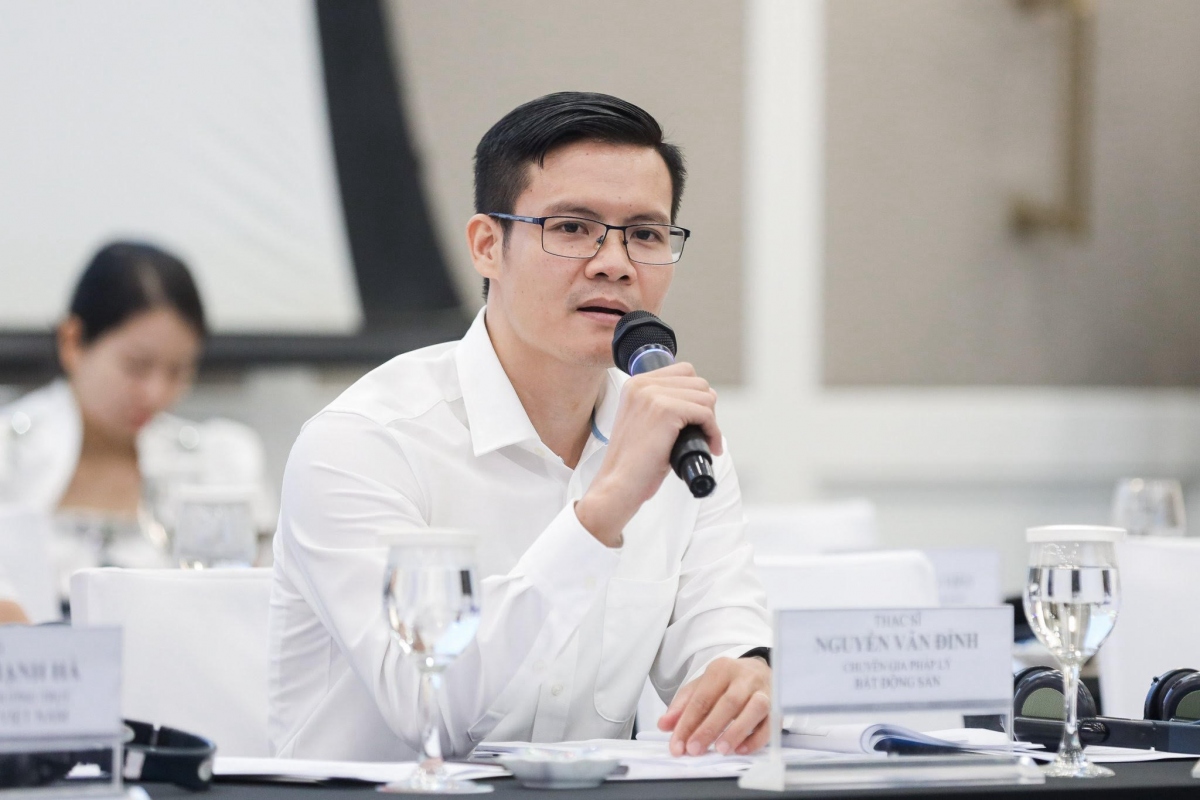
Mr. Nguyen Van Dinh – Real estate legal expert
Concerning this issue, Mr. Nguyen Van Dinh – Real Estate Legal Expert said that social housing is mainly funded by private capital, not the state, so the state cannot actively achieve the desired results.
From the commencement to the handover, and being put into use, it takes about 18-24 months to complete low-rise condominiums with about 15 floors. Currently, there are no projects in the completion phase. In the localities, there are very few projects in the construction completion stage. Therefore, to achieve the target assigned by the Government, it is necessary to rely on several factors: First, land funds, properly allocate clean land funds for social housing. Social housing land funds mainly come from 20% of commercial projects, but many social housing investors neither develop social housing nor hand it over to the State. This requires the State to be resolute in urging implementation, if not developed, the land fund must be retrieved for new investor selection.
In addition, it is necessary to proactively create land funds, independent social housing land funds regulated by the State in terms of planning and land clearance. However, this depends largely on the budget to clear the land. Therefore, localities must also be resolute in collecting 20% land funds and actively allocate budget to create clean social housing land funds, in order to solve the first problem, which is the social housing land fund.
Another issue is capital, social housing depends heavily on preferential loans. Currently, there are regulations on preferential loans for developers as well as for home buyers. Developers have a package of VND 120,000 billion under Resolution 33 of the Government in March 2023 to solve the real estate market, with this loan package, the State Bank has issued a letter on approving loans to developers and instructing commercial banks to provide loans to developers at an interest rate of 8% per year. This interest rate is still considered high compared to the profitability of social housing. It is proposed to reduce the interest rate by about 4-5% in order to attract investors and to make them feel secure.
8% is almost the commercial loan interest rate, and the maximum profit margin of social housing has only 10%. If borrowing but not selling the houses within one year, the investor will not profit. Therefore, there is a need for a stronger credit package, with an interest rate of about 5%, for investors to be more interested. In addition, the loan procedures also need to be more flexible. Although the State Bank of Vietnam has given instructions, commercial banks are implementing slowly. The determination of the banks in reducing interest rates and easing lending criteria is crucial.
“The second issue is capital and the third issue is the institutional framework. The procedures for social housing are currently very slow and difficult, more so than for commercial housing. The legal process for social housing takes about 2 years, from the initial procedures to the construction commencement, which is too slow and time-consuming. The procedures currently applicable nationwide are obstructed by the selection of investors for social housing projects. According to the regulations, if the state allocates land for social housing, it will go through a bidding process if there are 2 or more investors registering, and will directly appoint if there is only 1 investor. Most of the social housing projects currently have many investors registering because the commercial housing market is “stagnant” in many aspects, so social housing is receiving more attention. In addition, bidding for social housing is also very difficult, and despite the guidance of Circular 09/2021 of the Ministry of Construction on selecting investors for social housing, almost no one is implementing it because there are no clear criteria,” said Mr. Nguyen Van Dinh.
In conclusion, it takes 3 elements to achieve the goal assigned by the Government. The first is land funds, the second is capital, and the third is legal procedures, especially the procedure for selecting investors.
Mr. Dinh also believed that the goal of building 130,000 social housing units is difficult and can only be achieved with strong determination. A very high political determination from the state agencies, the supervisory role of the ministries, especially the Ministry of Construction, the resoluteness of local authorities, and the proactivity of enterprises, along with the participation of relevant organizations such as the State Bank of Vietnam and commercial banks, can hope to solve the “difficult problem” assigned by the Government.









